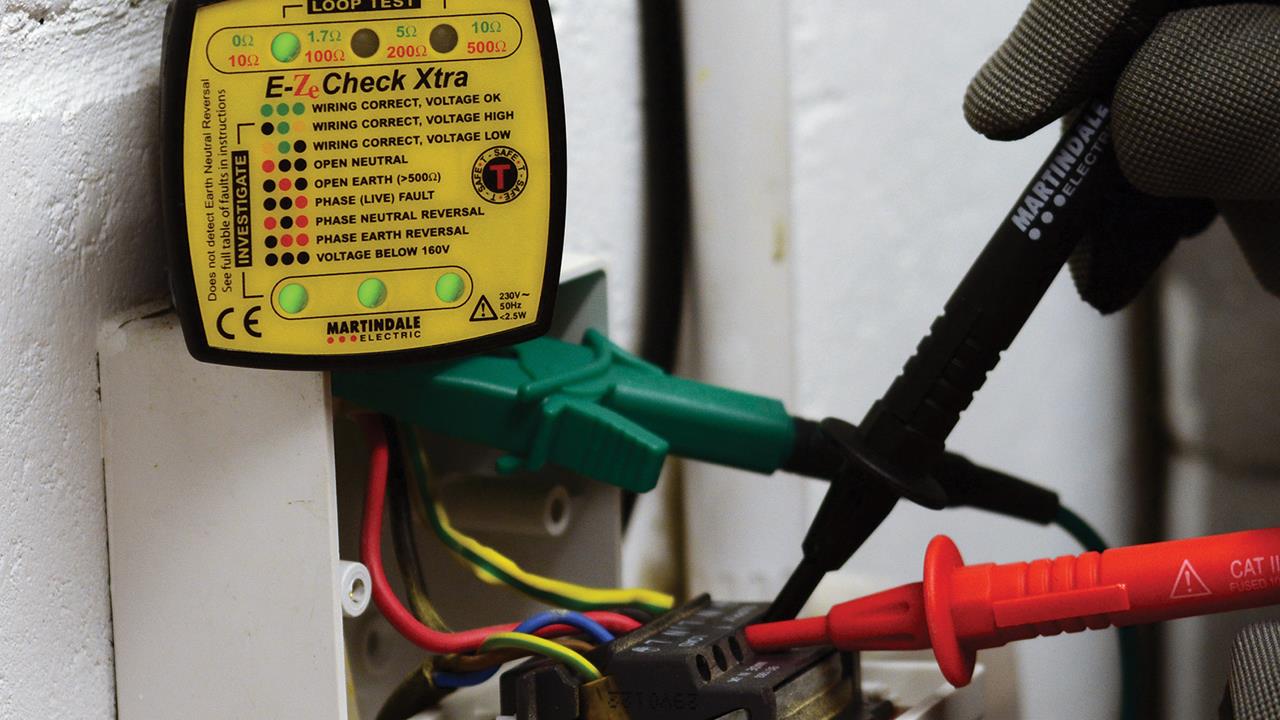

Gas Safe Register Technical Bulletin (TB) 118 was updated last year and now provides new guidance for electrical safety when working on gas appliances. Steve Dunning, Managing Director at Martindale Electric, examines new safety precautions required when servicing or installing appliances.
Following the latest guidance will enable businesses to achieve compliance with health and safety regulations and Health and Safety Executive (HSE) best practice for working on or near equipment connected to the electricity supply. In addition to the existing requirements for gas engineers to properly isolate appliances from the electricity supply and prove dead, the latest edition now includes a new check to show that the equipment is effectively earthed.
With 16% of all fatalities at work being electricity related, it is clear how important the guidelines are and why they should be adhered to. First and foremost, the latest guidance in TB118 should be considered seriously by all gas engineers, as it’s likely to impact the equipment and procedures used and may involve additional training.
An effective mains earth is essential for appliances with earthed enclosures. Basic socket testers will not check the quality of the earth – to do this an earth loop impedance test is required. For this reason, the latest edition of TB118 now specifies that an earth loop impedance test should be carried out.
The updated document reflects the requirements of HSE HSG85 Electricity at Work Regulations and HSE Engineering Information Sheet No. 35 concerning the service and repair of domestic appliances. A low earth loop impedance measurement is important to ensure that fuses and miniature circuit breakers achieve a fast enough disconnection time to avoid electrocution. This approach of using an advanced socket tester offers a simple solution to complying with TB118 and is common among service organisations, particularly those installing and maintaining domestic appliances.
The new procedures for loop impedance are in addition to the existing requirements for safe isolation of the appliance before any work is carried out. Safe isolation procedures require the appliance to be disconnected from the supply, locked off, and the circuit proved dead.
Ensuring the right tools are available for the job might seem like common sense, but it’s still an issue among some maintenance teams, who may be potentially putting their lives and those of their colleagues at risk.
For example, using a multimeter to prove a circuit is dead is not permissible as it could easily give a misleading reading if set to the wrong range, or if the batteries need replacing. A non-contact voltage detector is also unsuitable. A dedicated voltage indicator with no ranges, switches, or batteries is by far the most reliable method for proving dead. The procedures require the voltage indicator to be tested before and after use with a proving unit to demonstrate that it is functioning correctly. Having the right locking off device to hand for all types of common circuit breakers or fuse holders is a must.
When it comes to achieving compliance with TB118, many manufacturers now offer a wide range of different instruments for live voltage indication and earth verification, such as those included in the TB118KIT1 Gas Engineer Electrical Safety Kit from Martindale Electric. All the equipment complies to the latest standards and the kit ensures that procedures can be put in place to achieve compliance with both TB118 and the Electricity at Work Regulations.
If you'd like to keep up-to-date with the latest developments in the heating and plumbing industry, why not subscribe to our weekly newsletters? Just click the button below and you can ensure all the latest industry news and new product information lands in your inbox every week.